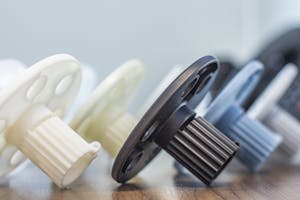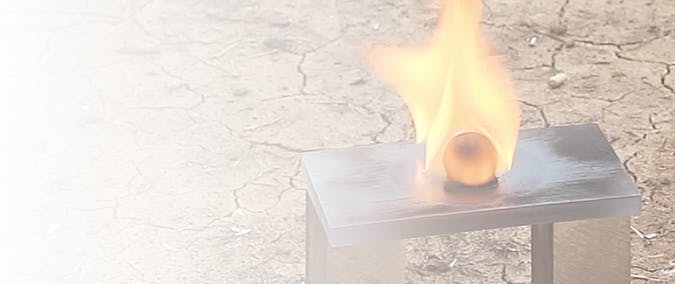
Flame Retardant 3D Printed Plastics
All about Xometry's fire retardant 3D printed plastics options and information on flammability standards, including UL94, FAR 25.853, and more.
ITAR Registered
ISO 9001:2015, ISO 13485, IATF 16949:2016, and AS9100D certified.
Parts in as Fast as 1 Day
What makes a plastic flame retardant?
Flame retardant or self-extinguishing criteria are standard flammability requirements used by the FAA (Federal Aviation Administration), automotive, and consumer product industries. Typically, these tests require a material sample to pass a burn specification where the flame extinguishes in a certain period or before an acceptable portion of the material burns. UL-94 V- rates the vertical burn performance, where UL-94 HB ratings describe horizontal specimen burn performance. Many 3D-printed plastics have a UL-94 HB rating, which is the lowest level of flammability rating. Typically, passing FAR 25.853 or UL-94 ratings of V-0 and V-1 are "flame-retardant plastics" acceptable for end-use requirements. FAR 25.853 or 14 CFR describes an FAA requirement for burn testing; this often overlaps UL flammability ratings (ANSI/UL 746B).
- FAR 25.853 is a FAA regulation where the material self-extinguishes after 60 second flame exposure
- UL94 V-0 is where a vertical specimen self-extinguishes in less than 10 seconds without flaming drip.
- UL94 V-1 is where a vertical specimen self-extinguishes in less than 30 seconds without flaming drip.
- UL94 V-2 is where a vertical specimen self-extinguishes in less than 30 seconds with flaming drip.
- UL94 HB is where a horizontal specimen burns slowly or self-extinguishes. This is the least flame retardant rating.
- 49 CFR 571.302 (FMVSS 302) is an auotomotive saftey standard test where a horizontal specimen burns slowly or self-extinguishes.
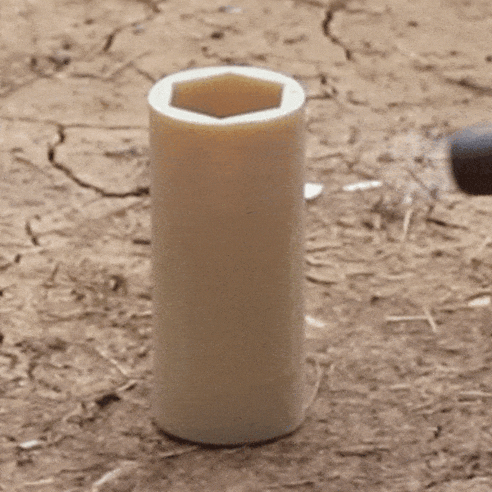
What 3D Printed Plastics are Flame Retardant to UL94-V0 or FAR 25.853?
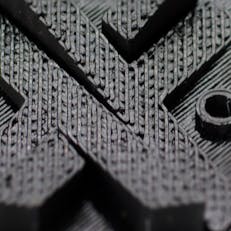
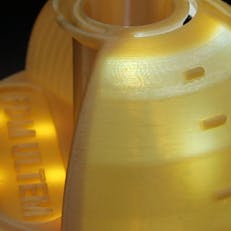
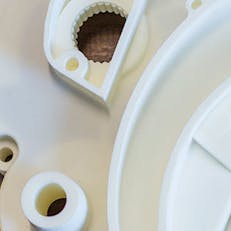
FAR 25.853 versus UL-94 Flammability Ratings
Underwriters Laboratories' guidelines for flammability (UL-94) outline specific test methods and classifications based on flame testing results. UL-94 V-0 is the best result, where a product quickly self-extinguishes without any flaming drips. UL-94 HB is the lowest flammability rating, where the material will not necessarily self-extinguish but burns slowly (e.g., less than 40 mm/min). Parts that pass UL flammability standards may also pass FAR 25.853, criteria for cabin and cargo materials enforced by the Federal Aviation Administration (FAA). FAR 25.853 60-second test includes 60 seconds of burn exposure, where the specimen may not burn for more than 15 seconds after the flame, and any drips of material will burn for less than 3 seconds. During the FAR 25.853 60-second test, no more than six inches of the material specimen should burn to pass. Both tests are valid for classifying flame retardant materials, but the FAR qualification help streamlines suitable flame retardant materials for aerospace and aviation applications.
What 3D Printed Plastics Pass 49 CFR 571.302?
49 CFR 571.302, also known as FMVSS 302, is a vehicle safety standard test that evaluates the burn resistance of materials used in the occupant compartments of motor vehicles. The standard typically applies to passenger cars, multipurpose passenger vehicles, buses, and trucks.
Many of our materials used in the HP Multi Jet Fusion 3D printing process have passed this testing standard. You can read more about the specifics of the materials and test in the document linked here. Below, you will find a table summarizing which materials pass FMVSS 302 and links to their data sheets to learn more.
| Material Name | Flamability Standard Passed | Material Data Sheet |
|---|---|---|
Material Name HP 3D High Reusability PA 11 | Flamability Standard Passed 49 CFR 571.302 | Material Data Sheet |
Material Name HP 3D High Reusability PA 12 | Flamability Standard Passed 49 CFR 571.302 | Material Data Sheet |
Material Name HP 3D High Reusability PA 12 Glass Beads | Flamability Standard Passed 49 CFR 571.302 | Material Data Sheet |
Material Name BASF Ultrasint™ TPU01 | Flamability Standard Passed 49 CFR 571.302 | Material Data Sheet |
Learn more about HP Multi Jet Fusion here.
What 3D Printed Plastics Comply With UL94-HB?
UL94-HB is the least flame retardant of the UL94 classifications. Instead of subjecting the sample to a vertical burn, such as with UL94-V classifications, it's subjected to a flame in a horizontal position. It passes the test if the material burns at a rate less than a specified maximum or self-extinguishes. Due to the less stringent criteria for this rating, we have many 3D printed materials that comply with a UL94-HB flammability rating.
The chart below lists our UL94-HB rated materials, their related printing process, and links to material data sheets if you would like to learn more.
| Material Name | Printing Process | Material Data Sheet |
|---|---|---|
Material Name ABS-M30 | Printing Process Fused Deposition Modeling (FDM) | Material Data Sheet |
Material Name ABS-ESD7 | Printing Process Fused Deposition Modeling (FDM) | Material Data Sheet |
Material Name ABSi | Printing Process Fused Deposition Modeling (FDM) | Material Data Sheet |
Material Name ASA | Printing Process Fused Deposition Modeling (FDM) | Material Data Sheet |
Material Name Nylon 12 (FDM) | Printing Process Fused Deposition Modeling (FDM) | Material Data Sheet |
Material Name PC-ABS | Printing Process Fused Deposition Modeling (FDM) | Material Data Sheet |
Material Name PC | Printing Process Fused Deposition Modeling (FDM) | Material Data Sheet |
Material Name PC-ISO | Printing Process Fused Deposition Modeling (FDM) | Material Data Sheet |
Material Name RPU 70 | Printing Process Carbon DLS | Material Data Sheet |
Material Name EPX 82 | Printing Process Carbon DLS | Material Data Sheet |
Material Name Nylon 12 (SLS) | Printing Process Selective Laser Sintering (SLS) | Material Data Sheet |
Material Name Nylon 12, Glass-filled (GF) | Printing Process Selective Laser Sintering (SLS) | Material Data Sheet |
Learn more about our 3D Printing Service.
Video: Will it Melt? 3D Printing Heat Resistance Test
How do different 3D printed materials behave when exposed to a red hot nickel ball?
Xometry's 3D Printing Service
